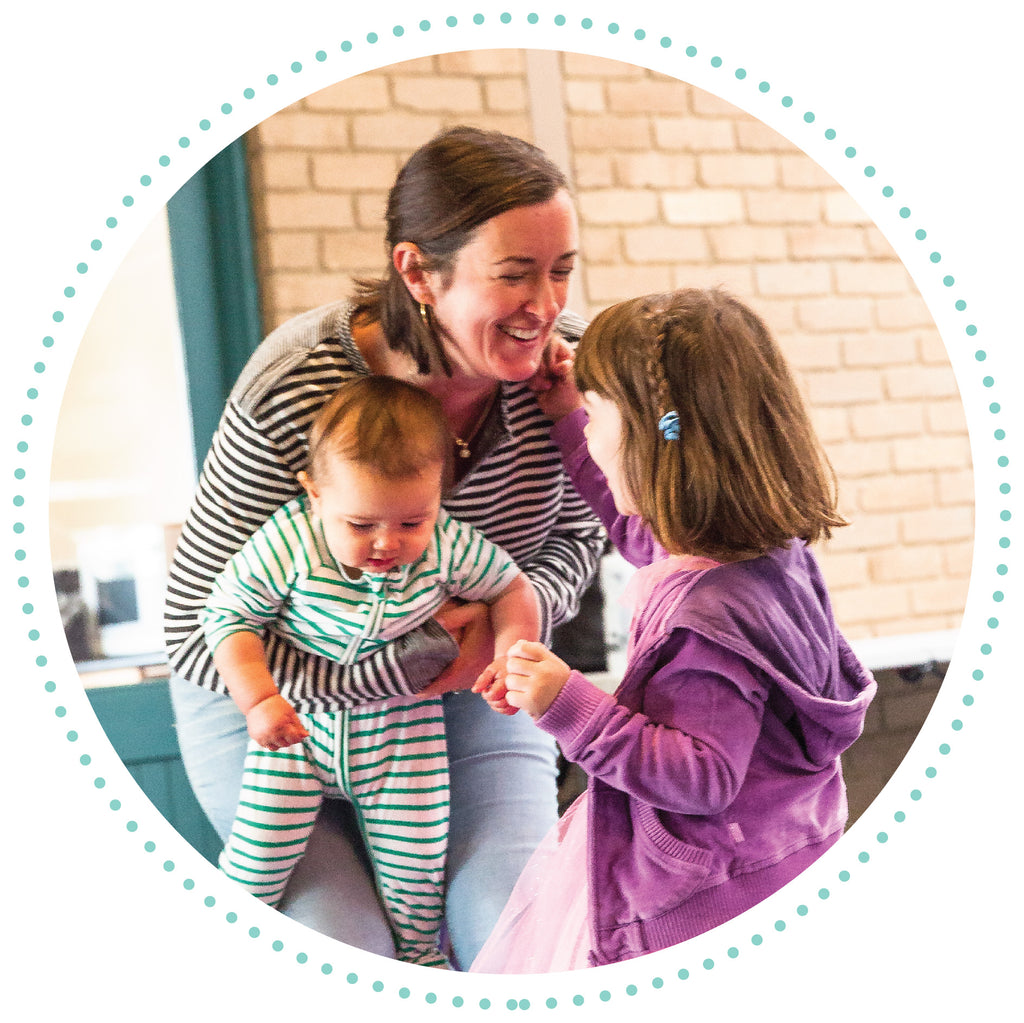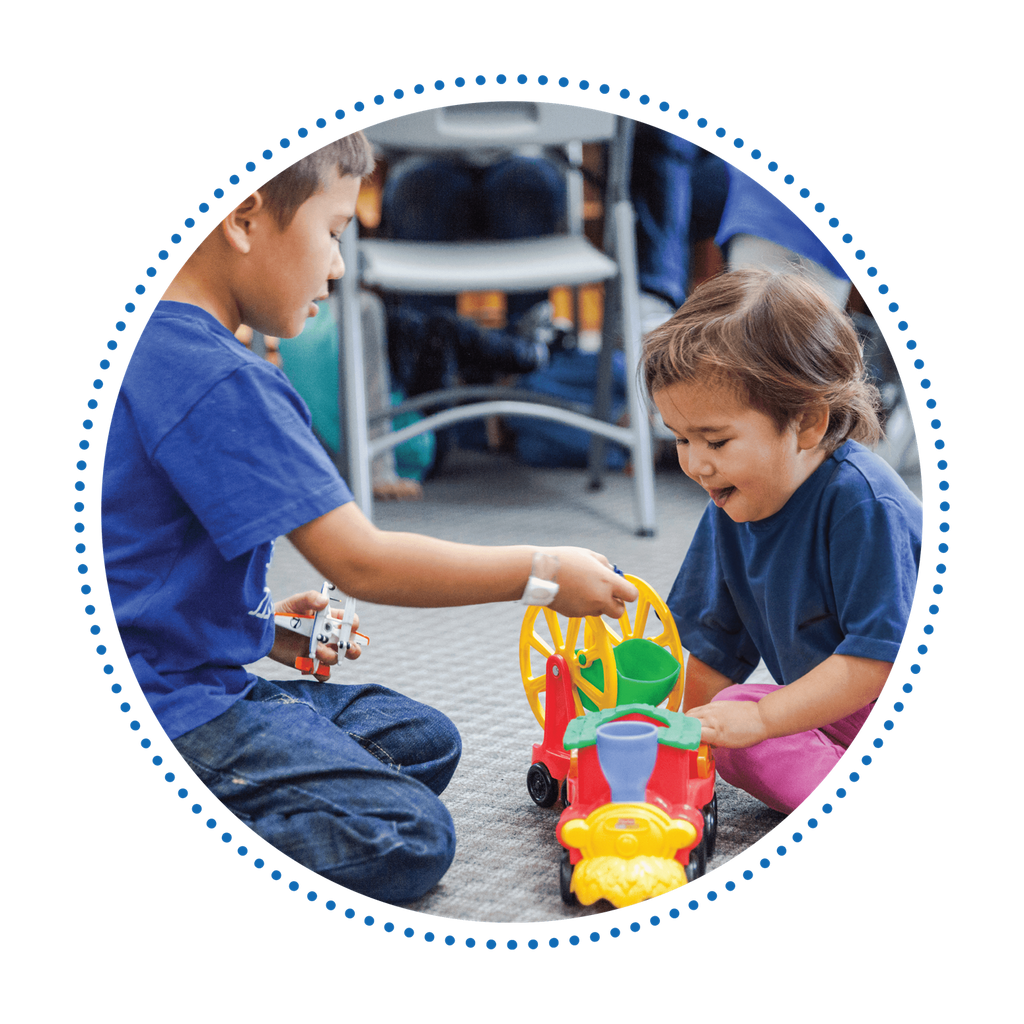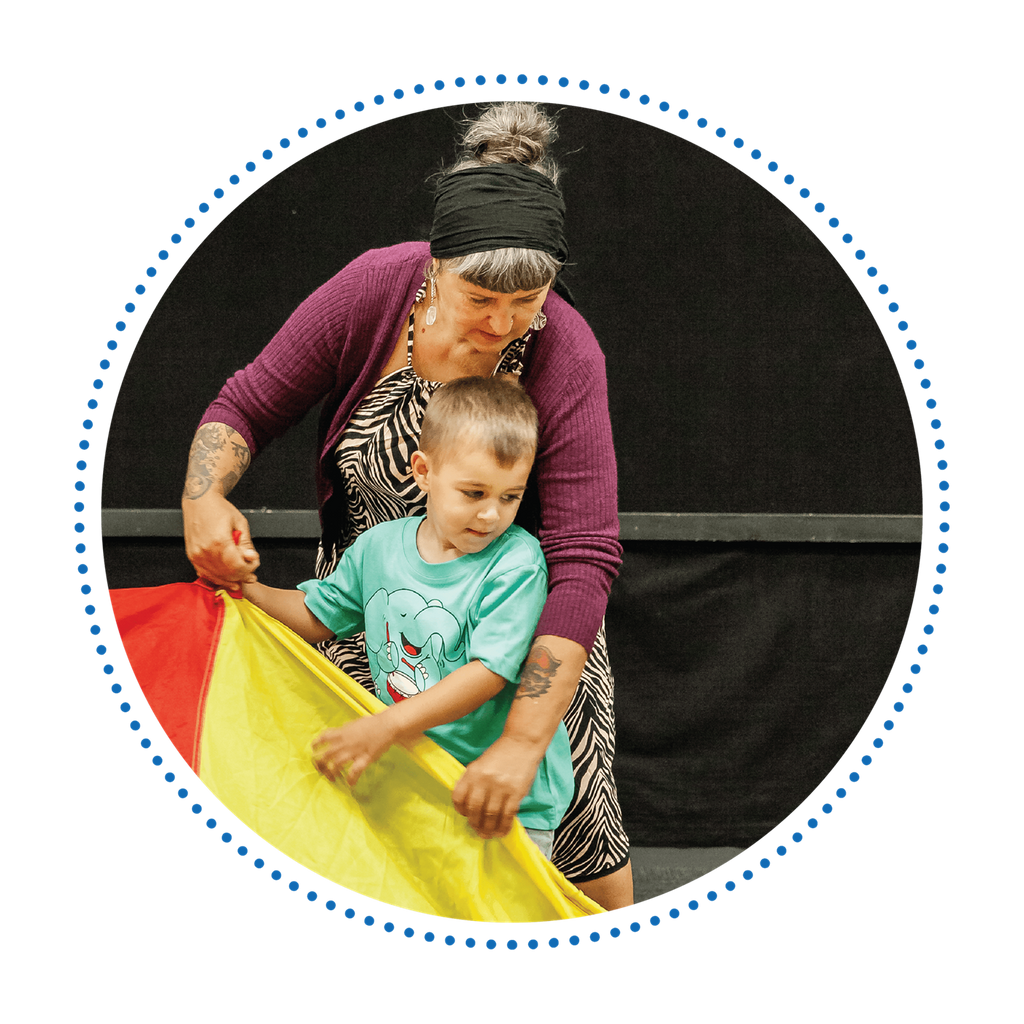Mātua know their tamariki need adequate nutrition for little bodies to grow, and grow healthily. Nutrition is good. But there’s another set of inputs that nourish tamariki. Language development.
According to information coming out of New Zealand and Australia, tamariki are arriving at school with the vocabulary traditionally expected of a three-year-old. This isn’t driven socio economically. The causes are found in the lack of time mātua spend, face-to-face with their tamaiti (we all spend lots of time in the car!); the amount of time tamaiti uses devices; and the amount of time tamariki are in full time day care. As whānau who has time to attend mainly music and mainly play, your tamariki are at an advantage. We realise this might not be popular and it is, in no way, intended to pass judgement. You can use ideas from here, at home, with your tamaiti.
Face-to-face
During songs like ‘Row Row Row Your Boat’, sit in a position where your tamaiti or pēpi can observe your face. They’re learning.
At home
Cherish moments when your tamaiti wants to chat, even if they’re not ‘chatting’ just yet. Get down on their level, perhaps sitting at their table. They will be learning vocabulary through your discussions with them over play dough or trucks, drawing or blocks, a doll’s house or water play.
Using ‘Our Alphabet’ song
A simple activity for you to enjoy with your tamaiti, using the alphabet. The melody is Skip to My Lou and easily sung. Ask tamariki to point to the pictures and sing with them.
For example,
Change the song to the sound of the letter. B for bus, bee, bee, bee. Tell tamariki what you’re using. “We’re singing the NAME of the alphabet.” Or, “We’re singing the SOUND of the alphabet.”




